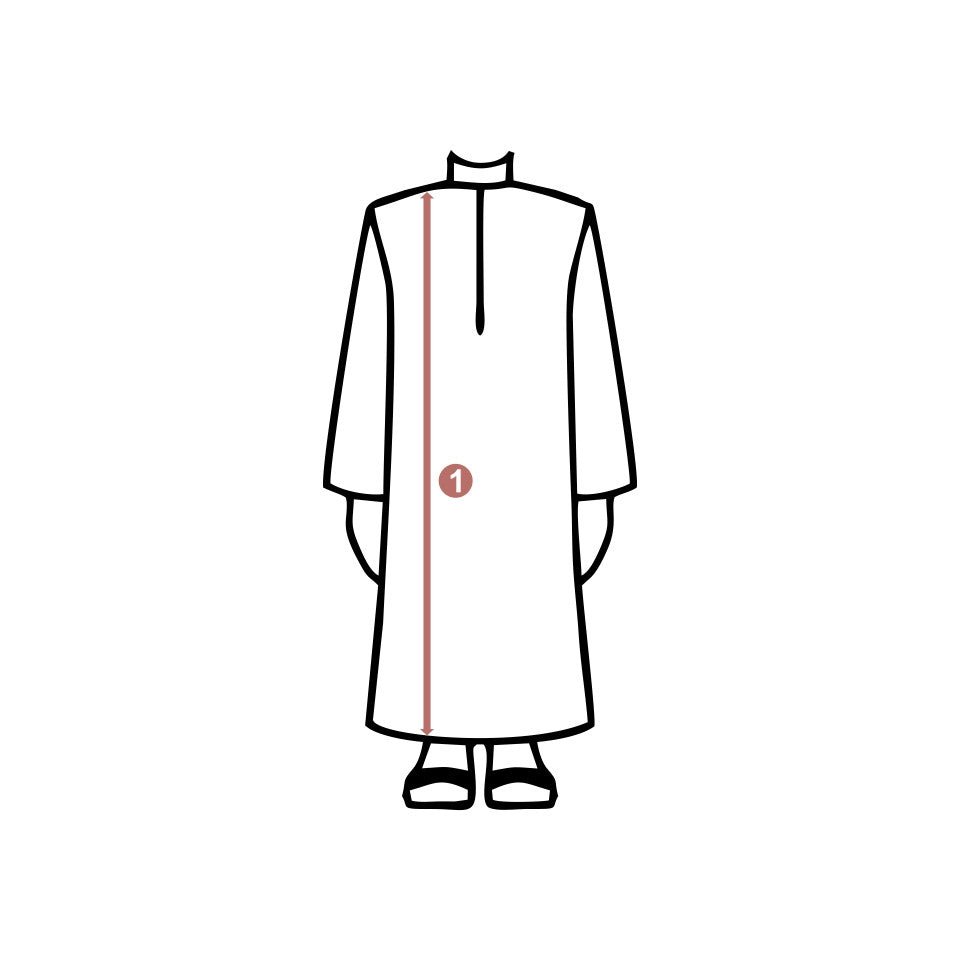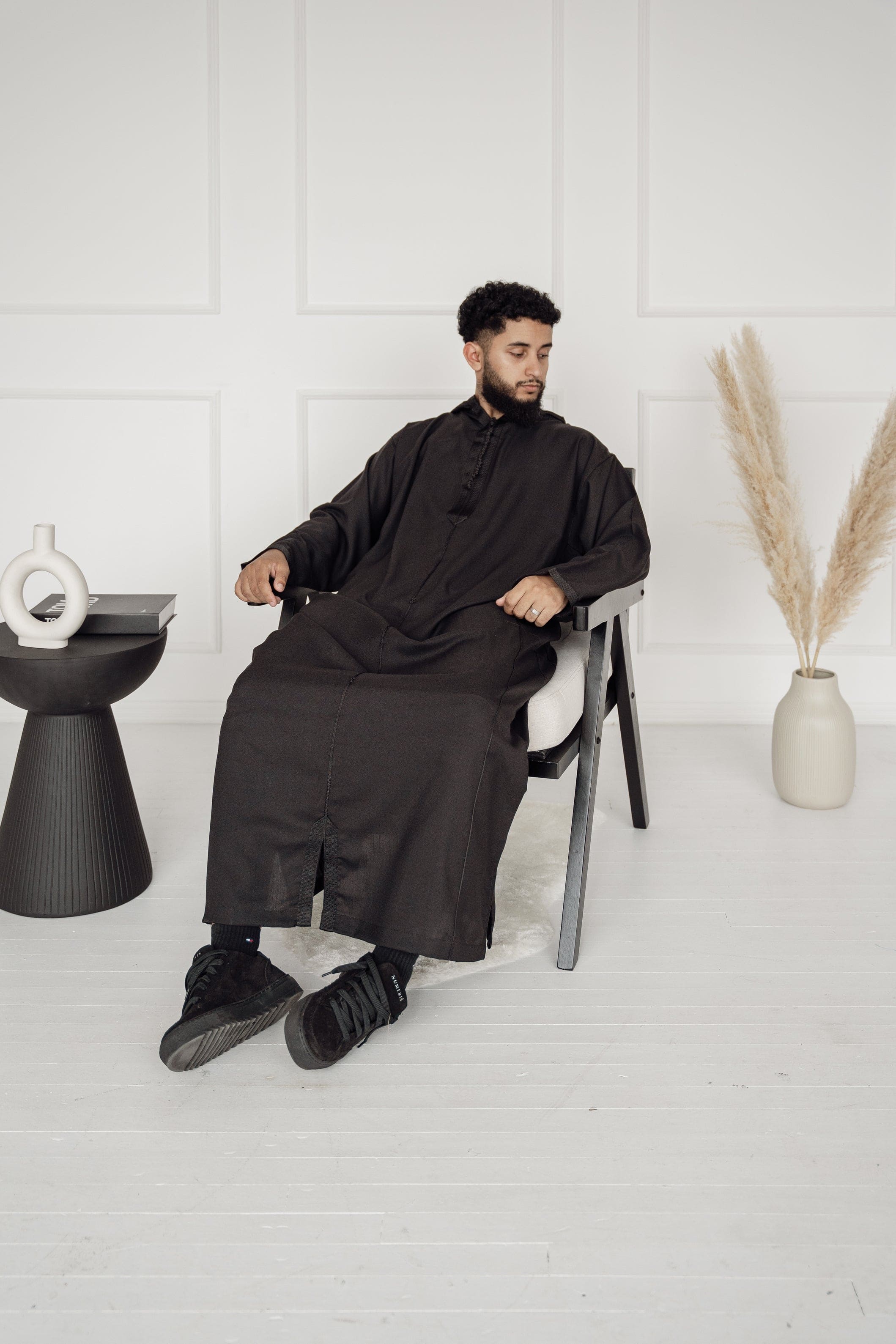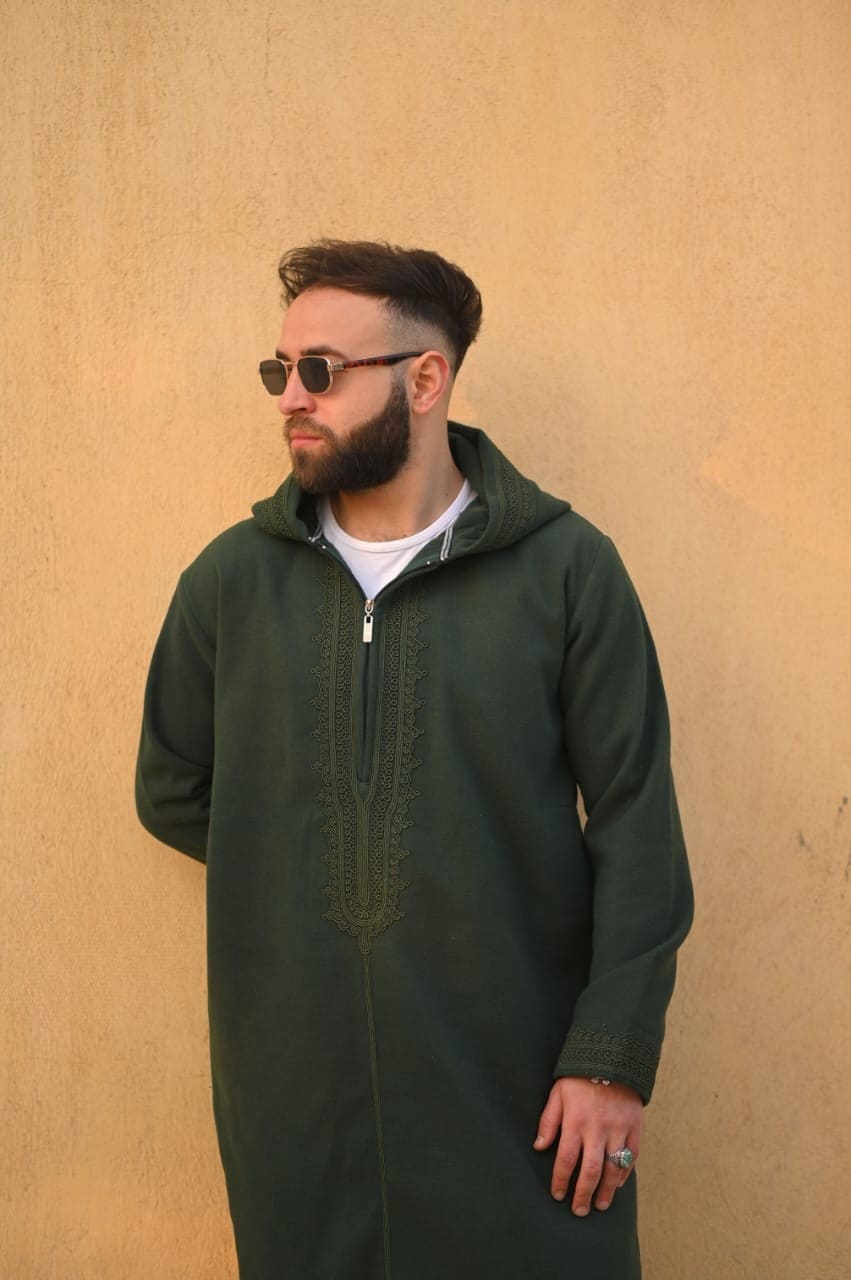A ‘thawb’, plural ‘thiyab’, is an ankle-length garment predominantly worn by men in Arabia, Sham, and North Africa. The apparel originated before Islam and was present in many different cultures. Men used to wear a long tunic with long sleeves, and this probably transformed into the thawb, we know now.
The dictionary definition of a thawb is something worn that covers the body. Now we know it as the pristine, white garment men from Arabia wear. However, thiyab come in many different forms and styles. Get one for yourself from New Arabia, one of the best thobes brand in UK.
Regional Differences & Styles of Thobe
Take the Arabian Peninsula, for example. Omani thiyab are made from a waterproof material and have a small tassel coming out from the side of the collar. Emirati thiyab are collarless and have a long tassel coming out from the front. Hijazi thiyab have a stiff collar and no tassel. These are usually buttoned.
In North Africa, the thiyab tend to come in two forms, one for summer and one for winter. The summer-styled thiyab are called ‘gandouras’ and are collarless, V-necked, and are ¾ sleeved. These are perfect for summer because they allow air to travel throughout the body as you move. These summer gandouras are also very colorful, coming in various styles and patterns.
The winter thiyab are called ‘djellabas’ or ‘kachabias’, and are hooded and made of a thicker material. These are less colorful and very warm, making them perfect for winter.
How to Measure Thobe Length? - Perfect Technique
Most buyers feel a little vary before buying clothes, particularly while shopping online, so you don’t get to try thiyab on before placing your order. In case if a wrong order is delivered, contacting the customer care service providers and sending it back for return or exchange is another hassle. But don’t worry, this guide to how to measure thobe length is the most effective method that you can perform yourself at home by using a flexible measuring tape. Weather you are buying Moroccan Thobe or Emirati Thobe, you must wear fitted one that will give you a unique look.
Make sure to stand straight and relaxed; the easiest way to measure your thobe size is by measuring your height.
Conclusion
Now that you’ve practiced how to measure thobe length, hopefully, there won't be any worry while taking these estimates so you can shop in stores and online with maximum peace of mind.
Check out our collection of Emirati thobes, North African gandouras, and djellabas!



